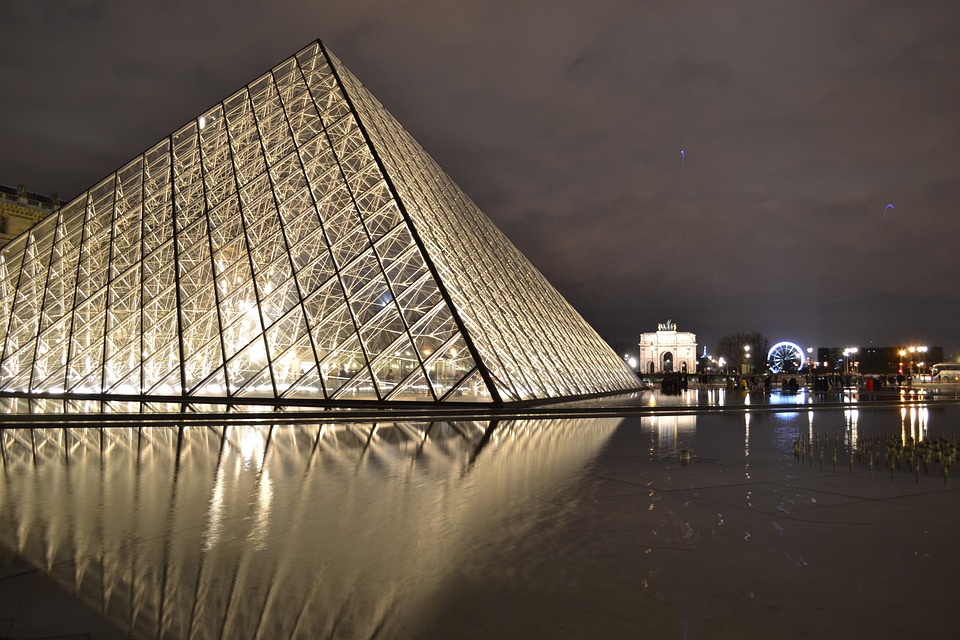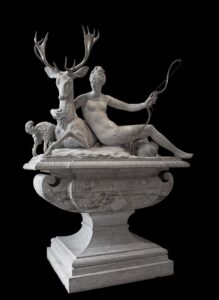The Louvre Museum in Paris is one of the world’s largest and most impressive museums, boasting rich collections that span thousands of years and cross numerous cultures. Its art and artifacts range from ancient civilizations to contemporary works, making it a must-visit destination for anyone interested in the global tapestry of human creativity. With its iconic glass pyramid entrance designed by I. M. Pei, the Louvre is not only a treasure trove of art but also a formidable landmark in its own right. Here’s a guide to navigating this vast repository of art and history.
1. Planning Your Visit
Choose the Right Time
The Louvre welcomes millions of visitors each year, and navigating through crowds can be daunting. To maximize your experience, consider visiting during the quieter hours. Weekday mornings and later in the evening are generally less crowded. The Louvre is open every day except Tuesday, and late-night openings on Wednesdays and Fridays can offer a more relaxed environment.
Purchase Tickets in Advance
Buying tickets in advance is highly recommended. This can save you considerable time spent waiting in line, especially during peak tourist seasons. Tickets can easily be purchased online through the Louvre’s official website. Also, consider getting a Paris Museum Pass if you plan to visit other museums and attractions in the city.
Prepare for a Long Day
The Louvre’s immense size means that attempting to see everything in one day is nearly impossible. Wear comfortable shoes, and consider packing a small bag with essentials such as snacks, water, and a guidebook or map to help navigate the exhibits.
2. Mapping Your Path
Understanding the Layout
The Louvre is divided into three main wings: Richelieu, Sully, and Denon. Each wing offers a different set of collections, so it’s helpful to prioritize the areas you’re most interested in exploring:
-
Denon Wing: Home to some of the most famous masterpieces, including the "Mona Lisa," the "Venus de Milo," and "The Winged Victory of Samothrace." If you’re short on time, this wing is a must-visit.
-
Richelieu Wing: Houses French sculptures, decorative arts, and European paintings spanning the Middle Ages to the 19th century. It also offers a splendid view of the Cour Marly.
- Sully Wing: The oldest part of the Louvre, featuring Egyptian antiquities, Greek and Roman artifacts, and the iconic remains of the medieval Louvre structure.
Highlights Not to Miss
While the museum hosts over 35,000 artworks, certain pieces garner universal acclaim and should be high on any visitor’s list:
-
Leonardo da Vinci’s Mona Lisa: Arguably the world’s most famous painting, with its mysterious smile and captivating allure.
-
Eugène Delacroix’s Liberty Leading the People: An inspiring symbol of revolution and an emblem of French Romanticism.
- Thutmose’s Bust of Nefertiti: A testament to ancient Egyptian artistry, celebrated for its lifelike representation.
Exploring Themes
For those with specific interests, the Louvre offers thematic collections that cater to varied tastes:
-
Ancient Civilizations: Delve into Egyptian, Greek, and Roman artifacts, and learn about the foundations of Western civilization.
-
Renaissance Art: Discover the rebirth of art and culture in Europe through pieces by masters like Michelangelo and Raphael.
- Islamic Art: Explore the museum’s collection of Islamic art, which spans 1,300 years and encompasses works from Spain to Southeast Asia.
3. Enhancing Your Experience
Audio Guides and Tours
Audio guides are available in multiple languages, providing insightful commentary on the museum’s masterpieces. Guided tours are also an excellent option, offering expertise and stories you might not uncover on your own.
Take Breaks
With so much to see, it’s important to take breaks. The museum has several cafés and rest areas where you can recharge before resuming your exploration. The Louvre also offers an array of dining options, from the rustic Café Marly with its view of the pyramid to the more casual Café Richelieu.
Capture the Experience
Photography inside the Louvre is permitted, but flash and tripods are not. While capturing memories is important, it’s equally vital to spend time appreciating the art with your own eyes.
4. Expanding Beyond the Louvre
Tuileries Garden
Directly outside the Louvre, the Tuileries Garden offers a peaceful retreat from the bustling museum halls. It’s an ideal place for a leisurely stroll or a picnic, surrounded by beautifully landscaped views.
Louvre-Lens and Louvre Abu Dhabi
For those intrigued by the Louvre’s collections, consider visiting its satellite museums: the Louvre-Lens in northern France and the Louvre Abu Dhabi. Both offer unique perspectives on art and culture in different settings.
5. Reflecting on the Experience
Visiting the Louvre is more than just viewing great art; it’s a journey through time, a puzzle piece in understanding world history, and a profound tribute to human achievement. As you wander its halls, you are not merely an observer of static objects, but an active participant in a dialogue that spans centuries. Each painting, sculpture, and artifact holds stories of creation, discovery, and passion, and through them, visitors can gain a deeper insight into what it means to be human.
The Louvre is a place where the past and present meet, allowing a glimpse into the infinite progressions of culture and creativity. Whether you are an art aficionado or a general history enthusiast, this guide should help you unlock the rich layers of art and history that the Louvre has to offer. Enjoy every moment of this unforgettable experience.




